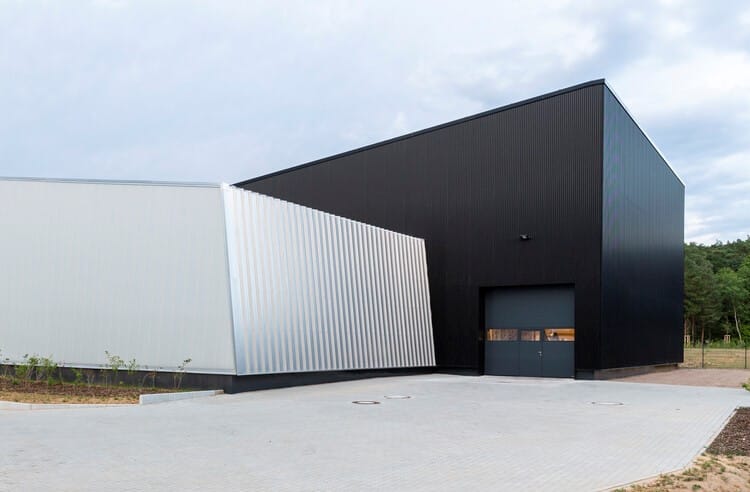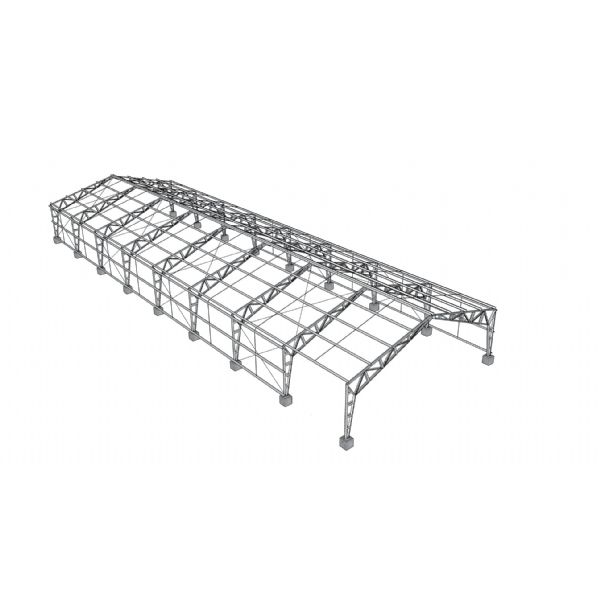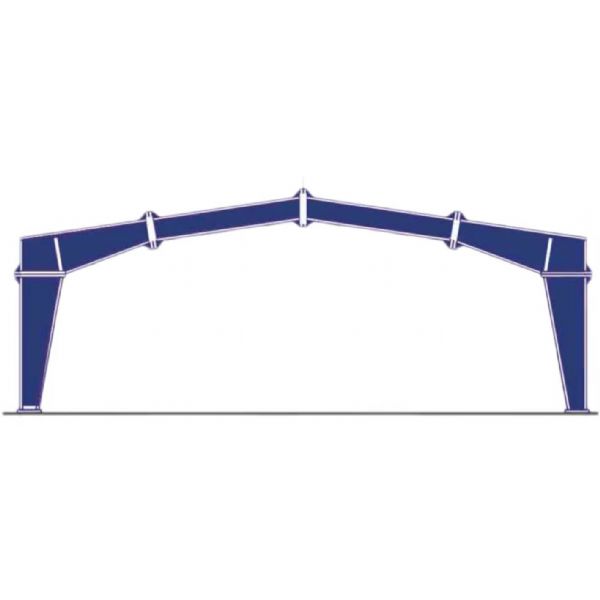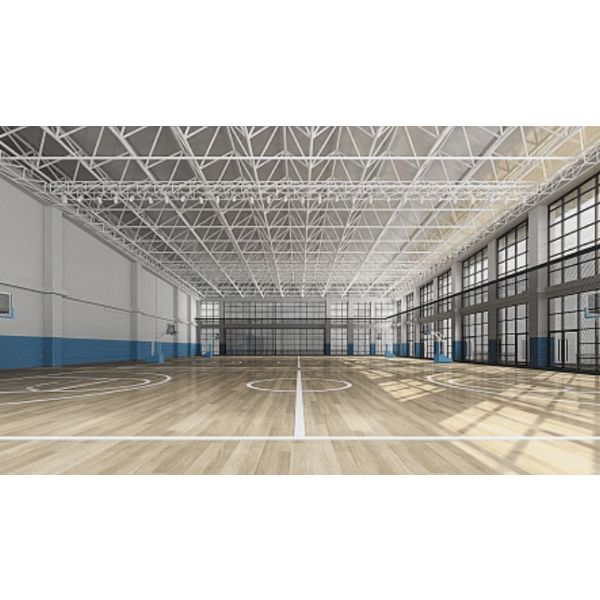Modular factory construction refers to a building method in which an entire industrial facility or its components are divided into standardized, modular units. These units are manufactured and tested in a controlled factory environment, then transported to the construction site for rapid assembly.
In 2025, the global modular construction market size is expected to grow from US$97.3 billion in 2023 to US$214.7 billion in 2034, with a compound annual growth rate of approximately 7.45%, indicating that the technology is gradually becoming a mainstream solution for industrial buildings worldwide.
Today, we will explore the applications of this technology and how to adopt it to achieve scalability and efficiency.
Application of modular factory construction
Design phase
Before designing, we need to consider many factors such as building functions, transportation condition limits, site restrictions for on-site hoisting, hoisting sequence, hoisting equipment, waterproof and anti-seepage measures, etc. We also need to clarify the needs of the factory, such as annual production capacity and module size (usually controlled within 3m×3m×6m). Functional division should cover core units such as production, warehousing, and power.
On the other hand, BIM technology can also be used for collision detection and three-dimensional hoisting simulation at this stage to solve pipeline and equipment interference problems in advance and optimize module layout. Modular coordination requires the use of a unified module size and defines mechanical interfaces (hoisting points, bolt hole position errors ≤±1mm), energy interfaces (IEC standard power plugs), and data interfaces (Cat6 network cables + optical fibers) to ensure that the modules are plug-and-play.
Production phase
The steel structure components required for modular factory construction are the core of the main structure of the factory and need to meet the requirements of high strength, high precision, and rapid assembly. The components include steel columns, steel beams, column supports, roof horizontal supports, high-strength bolts, steel plates, purlins, embedded parts, crane beams, anchor bolt groups, etc.
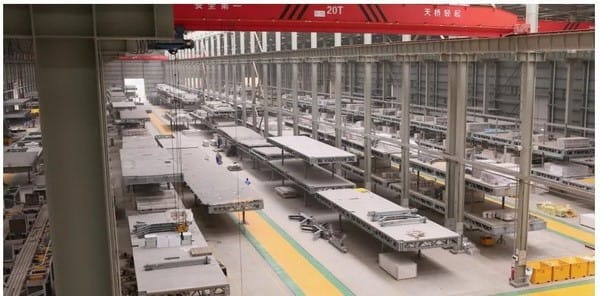
In order to ensure accuracy during construction, this stage needs to focus on the technologies in the three major areas of prefabrication, connection, and digitalization. In terms of prefabrication technology, the frame welding process ensures that 90% of the functional units are processed in the factory, and only bolt connections are required on site with an accuracy of ±2mm.
In terms of connection technology, high-strength bolts and welding are used for dry connection between modules, which has excellent seismic performance; the connection between modules and foundation is combined with cast-in-place nodes and embedded parts anchoring to ensure structural rigidity. Digital technology ensures that components meet construction requirements, such as the BIM platform, to realize design collision detection and construction simulation.
Construction stage
Modular factory construction follows the logic of “prefabrication first, on-site fine decoration”. In the prefabrication stage, standardized molds with high reuse rates need to be established to produce multiple types of modules in parallel. Before leaving the factory, the modules must pass strict quality inspection, including mold laser calibration (geometric error ≤ ±1mm) and 100% ultrasonic flaw detection of welds (rework rate should be less than 0.5%).
On-site assembly is divided into two steps: foundation embedding and module hoisting. Foundation embedding means reserving anchor bolts with a positioning error of ≤3mm on the base. When hoisting the module, a hydraulic synchronous jacking system is used to achieve fine-tuning of the module’s posture in the air, combined with high-strength bolt connections or welding nodes to achieve precise docking. The entire process relies on the BIM model to preview the hoisting path, and the MES system dynamically tracks the hoisting progress, which improves construction efficiency and quality.
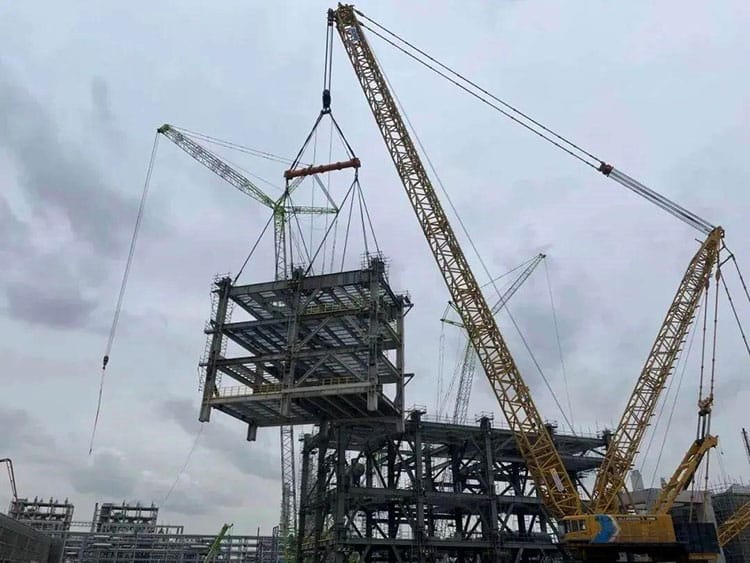
Post-maintenance
The design of the modular factory supports the rapid repair and replacement of unit components, minimizing the risk of production stoppage. The pipelines in the module are marked with color separation and BIM three-dimensional annotation to quickly locate the fault point during maintenance. In addition, real-time monitoring and preventive maintenance of structural health can be achieved through sensor networks and intelligent diagnostic technology. Temperature, humidity, stress, strain, and vibration sensors are embedded in the factory, and combined with AI algorithms, potential risks such as bolt loosening and welding fatigue can be predicted.
Efficiency: the main goal of modular factory construction
Modularity of building space
Modularization of building space means splitting the factory into standardized functional units, integrating systems internally, and pre-buried pipelines and equipment in some modules. The advantage of this is that various problems in later construction are considered in advance before production, which greatly saves the communication time between component manufacturers and construction parties and significantly improves the efficiency of on-site assembly.
Standardization of production processes
Since most of the components and parts of modular factory construction are produced on assembly lines, a standardized process flow can greatly improve production efficiency. Each component is made according to the same standard, which can ensure its stable quality, ensure that it meets the installation accuracy requirements, and facilitate later maintenance.
Assembly of building construction
The advantage of modular factory construction lies in its high construction efficiency, so the on-site assembly construction is of utmost importance. The core point is connection, which involves two aspects. The first is the connection between the module and the on-site project. Generally speaking, the foundation of the modular building is completed on-site, so the connection between the pre-installed module and the on-site structural system will lead to a problem we have to face, that is, how to meet the installation accuracy of the module with the on-site accuracy. The second is the connection between modules. The accuracy and force performance of this connection have a great influence on the strength of the overall structural system.
Sustainability: the core value of modular factory construction
As countries around the world pay more and more attention to environmental protection, modular factory construction has gradually become an important solution for the future direction of sustainable development in the construction field. It has the advantages of resource conservation, pollution control, recycling, and land intensiveness.
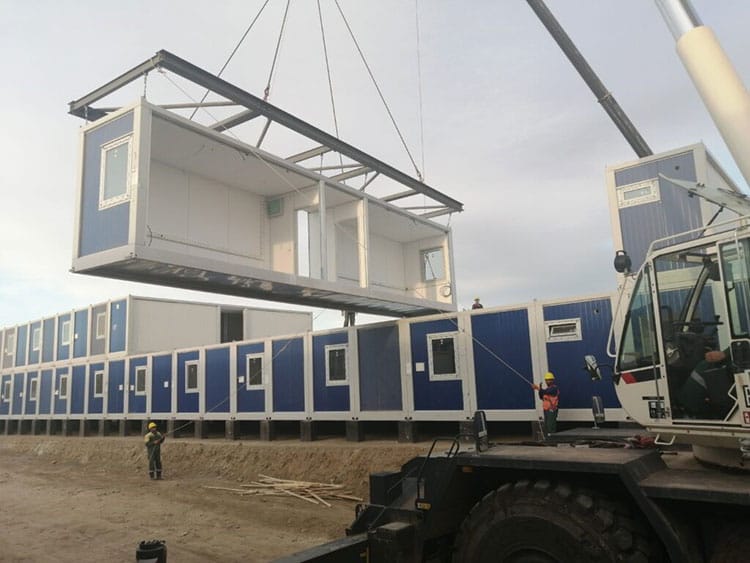
First of all, steel is an environmentally friendly material. Through CNC machine tools and BIM technology, it can achieve a material utilization rate of more than 95%. Secondly, modular factory construction technology can reduce the proportion of “wet work” in the entire construction process, thereby effectively reducing pollution and energy consumption at the construction site.
Through the recycling of residual materials, more than 80% of the remaining steel can be reused, greatly reducing resource waste. In addition, modular units can be deployed repeatedly, and functional transformation or spatial expansion can be carried out without destroying the overall building. Finally, modular factory construction technology has the characteristics of a stacked layout and rapid dismantling, which can reduce land occupation and ecological damage.
Modular factory construction with XTD Steel Structure
At XTD Steel Structure, sustainability and efficiency are at the heart of everything we do. Our modular factory construction technology not only improves construction efficiency but also allows you to save costs, and the flexible modular functional units make future expansion and renovation easy and convenient.
- Efficient Production Process: Our state-of-the-art facilities ensure that every component is manufactured to exacting standards, so you can enjoy faster delivery times without compromising quality.
- Professional Workforce: We have a dedicated team of skilled professionals who can seamlessly handle projects of any size, so you don’t have to worry about your plant construction.
- Unwavering Quality Assurance: From material selection to final inspection, our strict quality protocols ensure your modular plant will stand the test of time.
- Compliance with global standards: We adhere to internationally recognized certifications and deliver products that meet (and often exceed) industry benchmarks.
Contact us today to learn how XTD Steel Structure’s modular factory construction solutions can make your next project a model of strength, efficiency, and sustainability. Wherever you are in the world, we want to hear from you.

